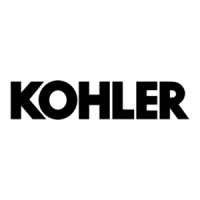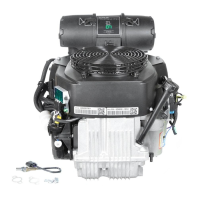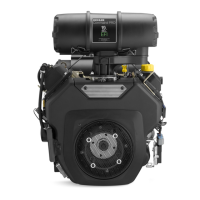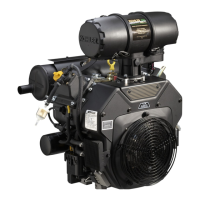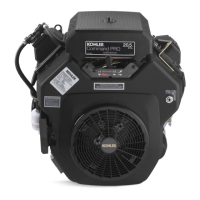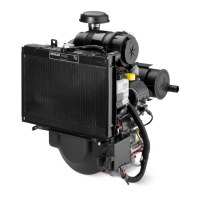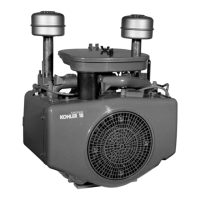Why is my Kohler Command PRO ECV740 engine leaking oil from seals and gaskets?
- JJane MccarthySep 13, 2025
If oil leaks from the oil seals and gaskets of your Kohler Crankshaft engine, it could be due to a clogged or inoperative crankcase breather, a broken breather reed, loose or improperly torqued fasteners, piston blowby or leaky valves, or a restricted exhaust.
